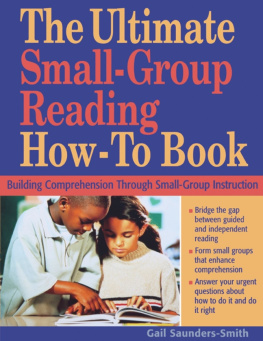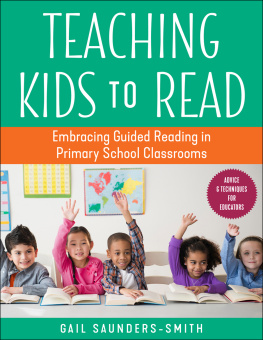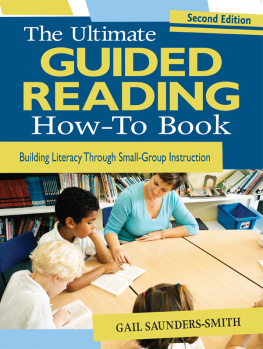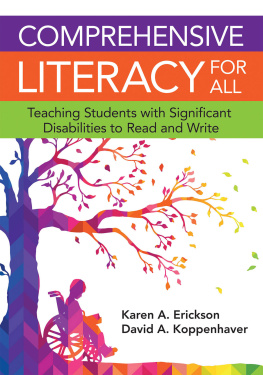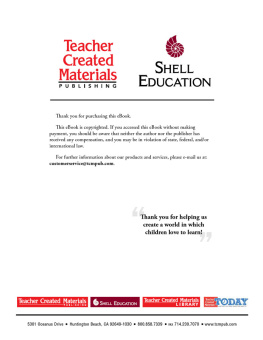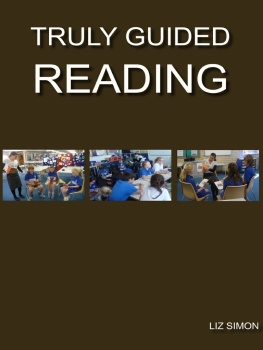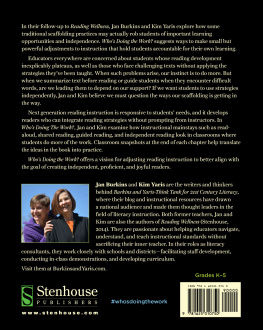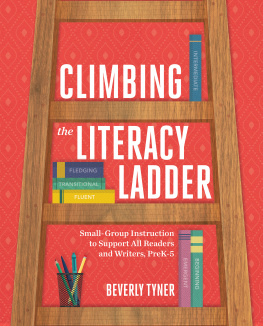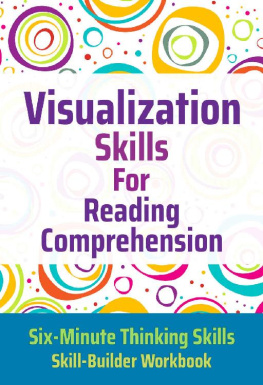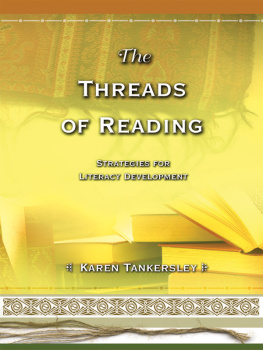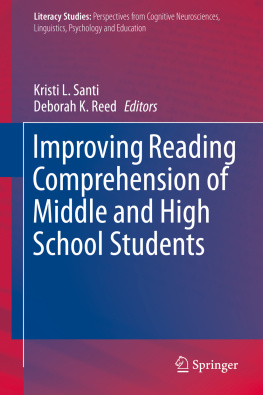
Copyright 2005 by Zephyr Press.
First Skyhorse Publishing edition 2017
All rights reserved. No part of this book may be reproduced in any manner without the express written consent of the publisher, except in the case of brief excerpts in critical reviews or articles. All inquiries should be addressed to Skyhorse Publishing, 307 West 36th Street, 11th Floor, New York, NY 10018.
Skyhorse Publishing books may be purchased in bulk at special discounts for sales promotion, corporate gifts, fund-raising, or educational purposes. Special editions can also be created to specifications. For details, contact the Special Sales Department, Sky Pony Press, 307 West 36th Street, 11th Floor, New York, NY 10018 or .
Skyhorse and Skyhorse Publishing are registered trademark of Skyhorse Publishing, Inc., a Delaware corporation.
Visit our website at www.skyhorsepublishing.com.
10 9 8 7 6 5 4 3 2 1
Library of Congress Cataloging-in-Publication Data is available on file.
Cover design by Rattray Design
Print ISBN: 978-1-63450-722-6
Ebook ISBN: 978-1-63450-723-3
Printed in the United States of America
Contents
Acknowledgments
T his book is what it is because of the folks who taught me what I know now. I want to recognize the students, teachers, and administrators in the following districts who allowed me to continue my learning even while I shared with them what I thought I knew at the time.
Barbara Eliason and the teachers at her school in Manti, Utah, for the best laughs of my life; and Julie Becker and the teachers of the Granite School District in Salt Lake City, Utah.
Debbie Hagg and the principals, teachers, and children in the Youngstown city schools in Youngstown, Ohio. Especially, Kathy Dorbish, principal at North Elementary, and her staff; Mary Ann Schulay, principal at Sheridan Elementary; Michele Dotson, principal at Martin Luther King Elementary; Maria Pappas, principal at Bunn Elementary, and her staff, especially Mr. Ron Wollcott; Mike Schubert, principal at Taft Elementary, and his staff, especially Mrs. Fahey, Mrs. Hunter, and Mrs. Campana; Bruce Palmer, principal of Bennett Elementary and his staff, especially Laura Sullivan and the others.
Lolita Hall and Debbie Lee, district administrators, and the principals, teachers, and students in the Waterloo community schools, Waterloo, Iowa.
Linda Gehm and Sue Hennis, district language arts curriculum administrators and upper-grade teachers in the East Holmes County schools, Ohio.
Joanna Dodson and Patti Grady, district administrators, and the teachers and students in the Alief Independent School District in Houston, Texas.
My sweet mother, Ruth, and late father, John Saunders, who gave my brother and me our literate starts and the belief we could do anything.
My dear brother Jay Saunders and best friends Jim and Shirley Lewis and John Moran, who have picked up the threads of my life and allowed me to continue to do my work. And my loving, late husband, Chuck Smith, who walked beside me for thirty-two years and enabled me to continue along this path now alone, (ilyfaemfnmw)
Part I
Introduction
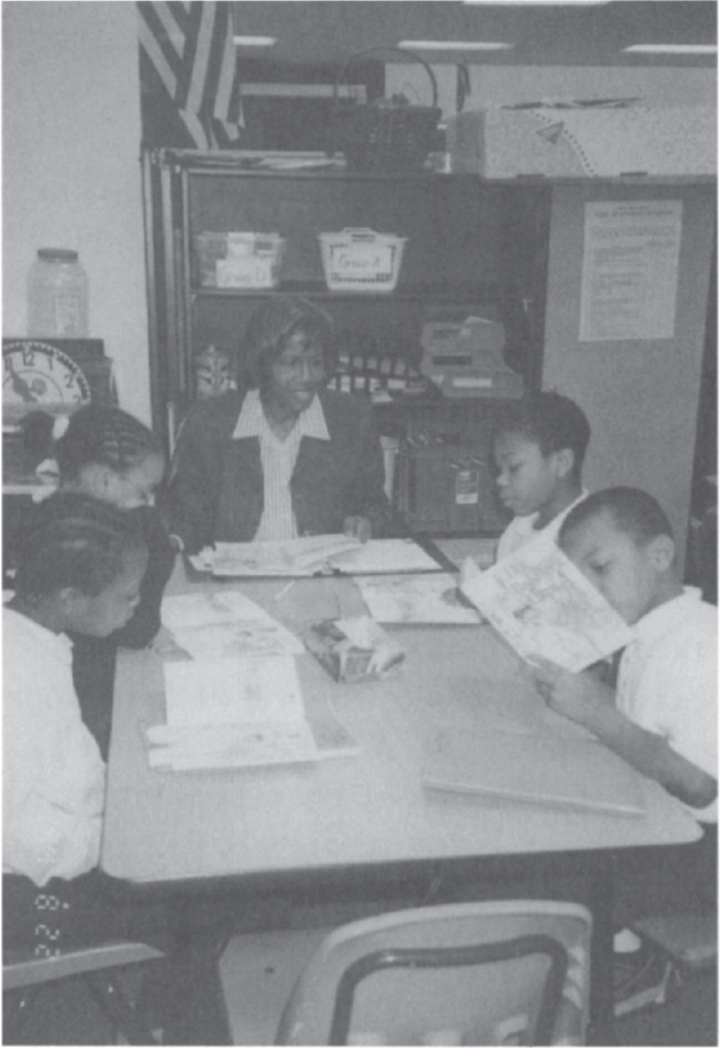
I t worked! It worked! Small group instruction worked! Who would have thought it would work? Oh, thank goodness, the kids can read! Now what? What do we do when the kids can read?
Traditionally, reading instruction stopped when children were able to read words. Our job was done. We symbolically told the kids to go forth and read by not interacting with them over text any longer. We assumed that because they could read, they were now armed with enough knowledge to keep on reading. We figured they were able to increase their comprehension and deepen their understanding just from reading and reading. And you know what? For a lot of kids, that was true.
But, kids are different today. Its a different world. Kids have other opportunities, other places to focus their eyes and minds. Today, more kids need teachers more often and for longer periods of time. I think most language arts teachers always suspected that we could do more for kids if we continued to work with them.
Besides, we now know so much more about learning styles, literacy development, and brain functions. Or, more accurately, we now have evidence to support what we always suspected. For example, we now know that reading and comprehending are two different phenomena. Reading is an eye and mouth event; comprehending is an eye and mind event. We know that many children can read beautifully, but often do not have a clue what they just read. (I call these kids false positives.) We know that many children can read, but too many choose not to. These students are aliterate; in other words, they know how to read and write, but choose not to. (Illiterate children do not know how to read and write.) We know that just because kids are in the middle and upper grades, generally grades three through eight, that doesnt mean all of them will pick up a novel and read it, even though they should be able to.
So, we know a lot. And we have known for a long time. This book continues where The Ultimate Guided Reading How-To Book ended. The instructional practices of transitional guided reading, readers workshops, literature circles, reciprocal teaching, book clubs, and various other instructional tactics are addressed here. Ancillary concepts such as text analysis, study skills, comprehension skills, ways to get grades, and others complete the content. The focus of this book is on small group reading instruction strategies that will ensure comprehension for children in the middle and upper grades.
This book offers teacher-practitioners a way to increase their expertise in teaching small groups of children in grades three through eight to read and comprehend what they are reading. It is organized into four parts: Introduction, Foundations, Techniques, and Putting It All Together. This organizational scheme offers a progression that will lead teachers to greater understanding.
The intent of the first section is to welcome you and put you at ease by validating your experiences. After all, many teachers have been at this game for a while and most have realized more than a modicum of success. We turned out OK, even though we may ask ourselves, what did our teachers know? The intent of the second section is to provide the rationale, or the why, for doing what is suggested. The intent of the third section is to discuss what to teach, in other words, the specific reading instruction content for these grade levels. And, the intent of the last section is to explain how to do it. Hopefully, this structure will support you at each stage of your understanding. My overall intent is for each section to reinforce what came before and set up what comes next.
Show, dont tell, is the mantra of many writers. Sometimes, the best way to show is with pictures. To this end, various types of images illustrate each section: photographs, graphics, book spreads, student writing samples, and so on. Photographs include shots of students with teachers engaged in reading, writing, speaking, listening, observing, viewing, representing, and researching events. Often a combination of text and graphics, such as diagrams, figures, and grids, are used to help ensure that the meaning is accessible to every reader. Book spreads include covers, two-page spreads, and expository features (table of contents, glossary, index, and so on). Student writing samples illustrate the nuances of what the student knows and what knowledge the student uses, and can serve as artifacts in assessing literacy development. This book complements and completes the concepts and issues offered in the first book.
Next page
